5 Things You Need to Know About Ceramic Metallization Technology: An Expert’s Insight
As an expert with over a decade of experience in materials science and electronics manufacturing, I’ve had the privilege of working extensively with ceramic metallization technologies. I’ve seen firsthand the critical role they play in countless high-performance electronic applications. My experience encompasses research and development, process optimization, and quality control related to ceramic metallization.
Ceramic metallization is a cornerstone process in modern electronics, enabling the creation of robust and high-performance devices. It’s a critical technology in applications where reliability, thermal management, electrical performance, and harsh environmental resistance1 are paramount. Here’s a detailed breakdown of what you need to know:
| Rank | Key Information | Description |
|---|---|---|
| 1 | Process Overview | Ceramic metallization involves depositing a metal layer (e.g., tungsten, molybdenum, gold, nickel, copper, silver, palladium) onto a ceramic substrate, typically alumina (Al₂O₃), aluminum nitride (AlN), beryllium oxide (BeO), or silicon carbide (SiC). This process enables electrical conductivity, provides a surface suitable for bonding components in electronics packaging, and enhances thermal dissipation. The choice of metal depends on the specific application requirements, considering factors like conductivity, solderability, resistance to corrosion, operating temperature, and cost. The deposition method also plays a significant role in the final properties of the metallized layer. |
| 2 | Applications in Electronics | Widely used in high-reliability applications such as RF/microwave devices (amplifiers, filters, antennas), power electronics (high-power modules, inverters, converters), LED packaging (high-brightness LEDs, LED arrays), sensors (pressure, temperature, gas sensors), high-temperature electronics (aerospace, automotive), and medical devices (implantable devices, diagnostic equipment). The combination of ceramic’s excellent thermal management, electrical insulation properties, chemical inertness, and the conductive metallization layer makes it ideal for demanding environments where performance and longevity are essential. |
| 3 | Metallization Techniques | Several techniques are employed, each with its own advantages and disadvantages. These include thick-film metallization (screen printing, tape casting), thin-film deposition (sputtering, evaporation, pulsed laser deposition (PLD), chemical vapor deposition (CVD), atomic layer deposition (ALD)), direct bonded copper (DBC), active metal brazing (AMB), and plating (electrolytic, electroless). Each technique is tailored to specific performance needs such as adhesion strength, line resolution/precision, layer thickness control, surface roughness, and cost-effectiveness. The choice of technique depends on the desired performance characteristics, the substrate material, and the production volume. |
| 4 | Material Compatibility | Ceramics like alumina and aluminum nitride provide excellent thermal conductivity, electrical insulation, high-temperature stability, and chemical resistance. The metallized layers, often composed of carefully chosen metals or metal alloys, ensure compatibility with soldering, brazing, wire bonding, adhesive bonding, and other assembly processes for seamless circuit integration. The coefficient of thermal expansion (CTE) matching between the ceramic and the metal is perhaps the most critical factor. Additives may be added to the ceramic to tailor its CTE to better match target metal. Materials must also be assessed for galvanic corrosion potential. Surface treatments, such as roughening, chemical etching, or plasma treatment, are often employed to improve adhesion between the ceramic and the metal. Interlayers, such as titanium or chromium, may be used to enhance adhesion or act as diffusion barriers. |
| 5 | Challenges and Limitations | High processing costs (especially for advanced techniques like ALD and DBC), complex manufacturing processes (e.g., high-temperature co-firing, vacuum deposition), the potential for thermal expansion mismatch between the ceramic and metal, adhesion issues, and limitations in feature size resolution (especially for thick-film) can limit scalability or application scope. Achieving high reliability and long-term stability requires careful process control, rigorous quality control, and thorough testing. Overcoming these challenges requires ongoing research and development in materials science, process engineering, and manufacturing techniques. Newer approaches include the use of nano-materials to modify the properties of both the ceramic and the metal and the development of novel metallization processes that are more cost-effective and environmentally friendly. |
1. Process Overview
Ceramic metallization is an intricate and multifaceted process demanding precise control over numerous variables to achieve the desired performance characteristics. To successfully create a functional and reliable metallized ceramic, we must carefully consider each step, from material selection to surface preparation and process monitoring.
- Deposition Method: The method used affects the final metallization properties.
- Thick Films: Sintering temperature profiles are vital.
- Thin Films: Vacuum levels, gas composition are critical.
- Electroplating: Current density needs control.
- Surface Preparation: Getting the ceramic surface ready improves bonding.
- Cleaning to remove contamination.
- Etching to increase surface area for adhesion.
- Roughening to provide mechanical interlocking.
- Atmosphere Control: Creating the right environment is essential.
- Prevention of oxidation.
- Minimizing unwanted chemical reactions.
2. Applications in Electronics
The diverse applications of ceramic metallization2 mirror the escalating performance requirements of modern electronics. From enabling high-frequency communication to managing heat in power-dense systems, ceramic metallization is a crucial enabler across many electronic domains.
- RF/Microwave Devices: Used in devices where signal integrity is important.
- Filters, low-noise amplifiers (LNAs) and power amplifiers (PAs).
- Precise circuit patterns ensure signal fidelity.
- Power Electronics: Efficient heat management is essential for higher power.
- Efficient heat dissipation from semiconductors (MOSFETs, IGBTs).
- Electric vehicle inverters, motor drives, renewable energy systems benefit from increased power density.
- LED Packaging: Extending the performance of LED with good heat disipation.
- Efficient heat extraction from the LED die.
- High-brightness LEDs, displays, and automotive lighting applications.
- Sensors: Ensuring longevity of the sensors by using ceramic metalization.
- Automotive, aerospace, industrial, and medical fields applications.
- Pressure, temperature, accelerometers, gas, and those require stable, long- term accuracy.
- High-Temperature Electronics: Reliable operations under increased temperature levels.
- Stable circuit in automotive and aerospace applications
- Medical Devices: Compatibility of ceramic and metalization for sensitive applications.
- In plant devices where biocompability is required.
3. Metallization Techniques
The selection of the optimal metallization technique is intricately linked to the specific performance requirements, cost constraints, and production volume considerations. The best metallization method for a particular product depends on several requirements and constraints.
- Thick-Film Metallization: Often used and cost-effective for large circuits.
- Screen printing of metal pastes followed by firing.
- Cost-effective for large areas.
- Thin-Film Deposition: Precise control and thin layer with high accuracy.
- Sputtering, evaporation, PLD, CVD, and ALD are used.
- Excellent precision and controlled composition.
- Direct Bonded Copper (DBC): Optimal for thermal management.
- Chemical bonding of copper to ceramic substrate.
- High thermal performance.
- Active Metal Brazing (AMB):
- Brazing using alloy with active components to enable bonding of metals to ceramics without metallization
- Plating: Used based on the metal needed and chemical constraints.
- Electrolytic and electroless plating options available.
- Versatile methods for depositing metals.
4. Material Compatibility
Achieving complete material compatibility3 in ceramic metallization demands meticulous attention to a complex interplay of properties and interactions. Matching materials with proper properties ensures structural integrity and optimum performance.
- Ceramic Substrate: The type of ceramic used for the substrate can also alter the properties.
- Alumina: Cost-effective with good overall performance.
- Aluminum Nitride: Higher thermal conductivity.
- Metallized Layers: Choice of the metals and metal compound impact on final outcomes.
- Single metals, alloys, or multilayer stacks can be used.
- Facilitates electrical connections and component bonding.
- Thermal Expansion Matching: The thermal management impacts the performance.
- Coefficient of thermal expansion (CTE) needs to be similar.
- Mismatch can cause stress during temperature cycling.
- Interfacial Reactions: Can occur and alter the electrical and physical properties, if not accounted for.
- Interdiffusion between ceramic and metal needs to be controlled.
- Brittle intermetallic compound formation must be avoided.
- Surface Treatments: Crucial for better metal bounding to the surface.
- Chemical etching
- Plasma treatments
- Laser Ablation
- Interlayers: Using intermediate layers as an additive can ensure proper bonding.
- Chromium or tatanium for adhesion
- Diffusion barriers
5. Challenges and Limitations
Despite its extensive use across diverse electronic applications, ceramic metallization faces several challenges and limitations that continue to spur research and development efforts. These considerations drive ongoing efforts to improve existing metallization technologies and explore new solutions.
- High Processing Costs: Lower the processing costs is the main objective
- Advanced techniques like ALD and DBC are expensive.
- Finding cost effective metalization is challenging
- Complex Manufacturing Processes: Make the manufacturing process less complicated.
- High-temperature co-firing and vacuum deposition are required.
- Need expertise and personnel training.
- Thermal Expansion Mismatch: Minimizing these effects will drastically improve the performance
- Stress during temperature cycling can cause failures.
- Careful material selection is crucial.
- Adhesion Issues: By improving surface roughness with layers that better adhere to the ceramic and metal.
- Inadequate surface preparation leads to problems.
- Using right intermediate layers
- Feature Size Resolution: As a limitation, it requires new technology to be created.
- Thick-film printing is limited in feature size
- Solutions and improvements: By implementing new materials, this can be improved.
Understanding these five key aspects of ceramic metallization technology is crucial for anyone working in the fields of electronics packaging, materials science, electrical engineering, RF engineering, and power electronics design. By carefully considering these points, you can make informed decisions about material selection, processing techniques, and application suitability, ultimately enabling the design and fabrication of reliable, high-performance, and long-lasting electronic devices and systems.
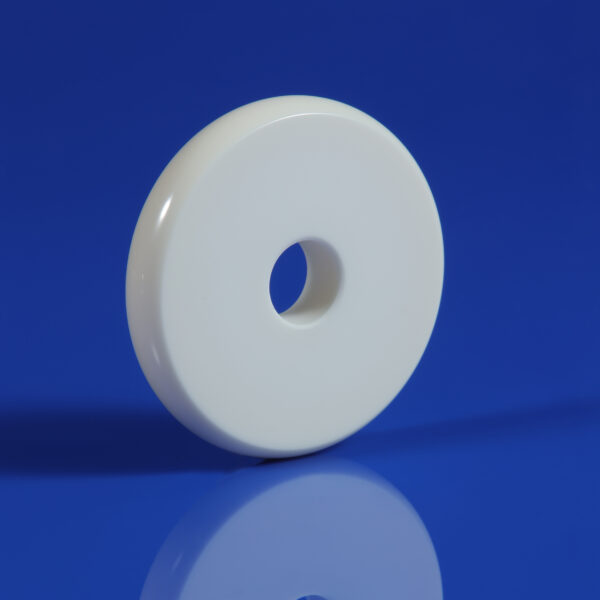
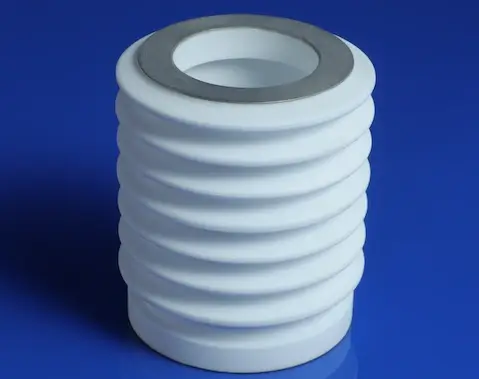
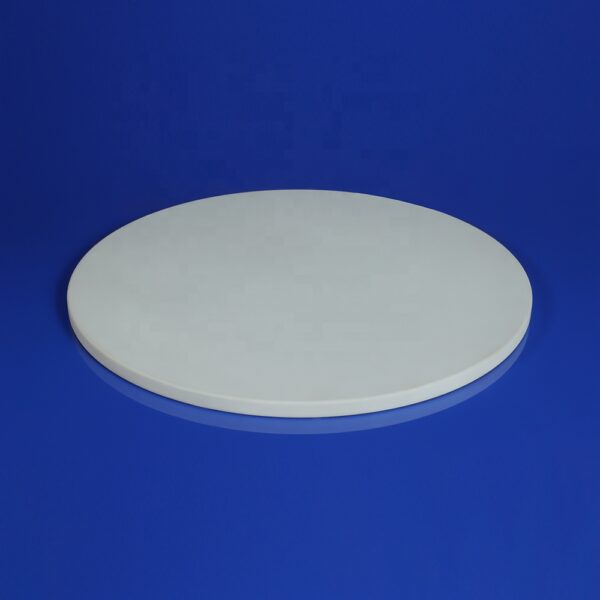
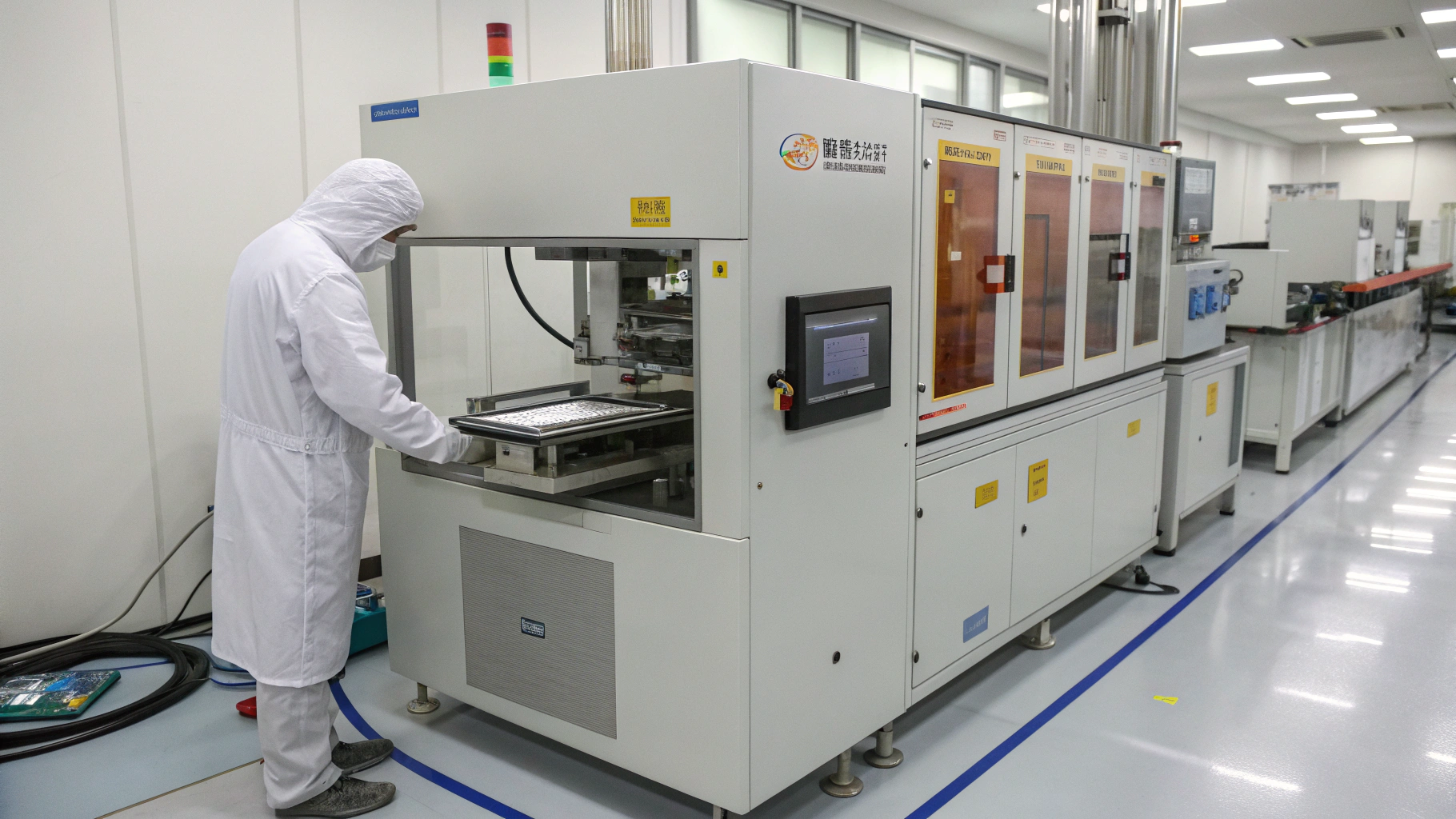
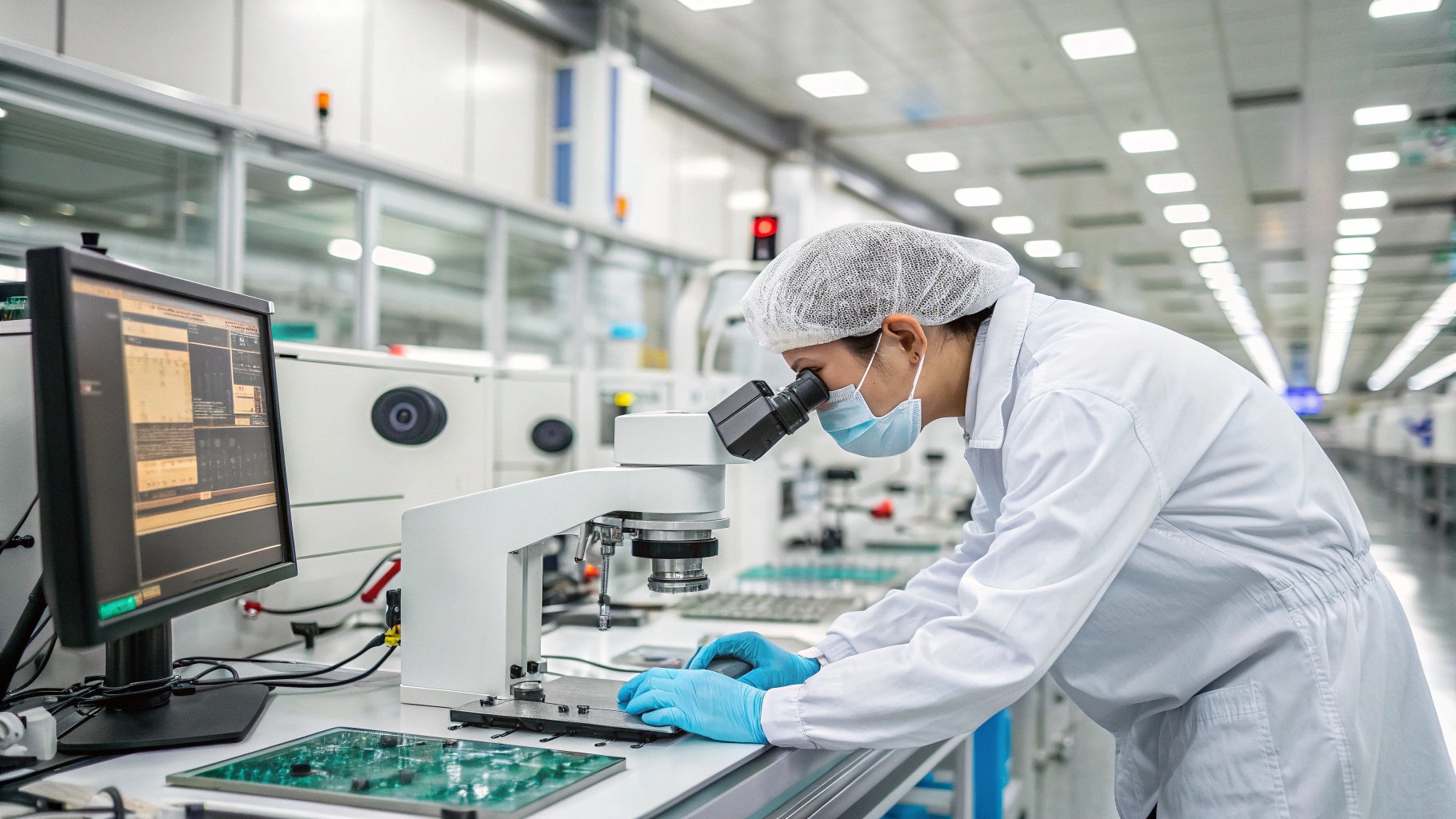
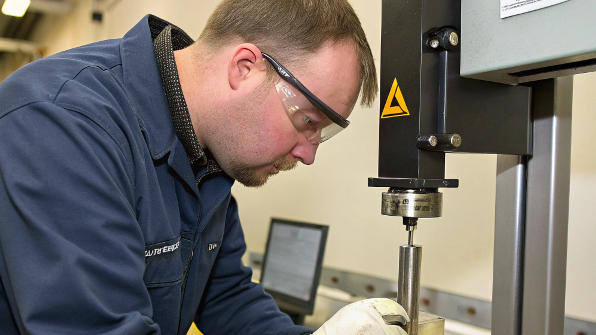
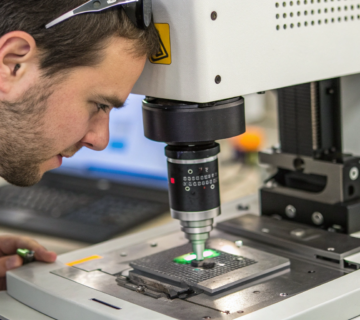
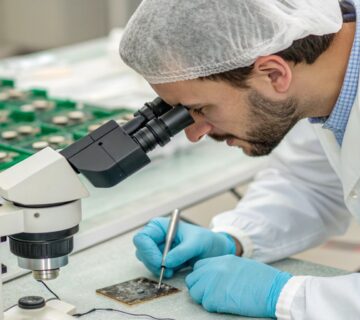


No comment